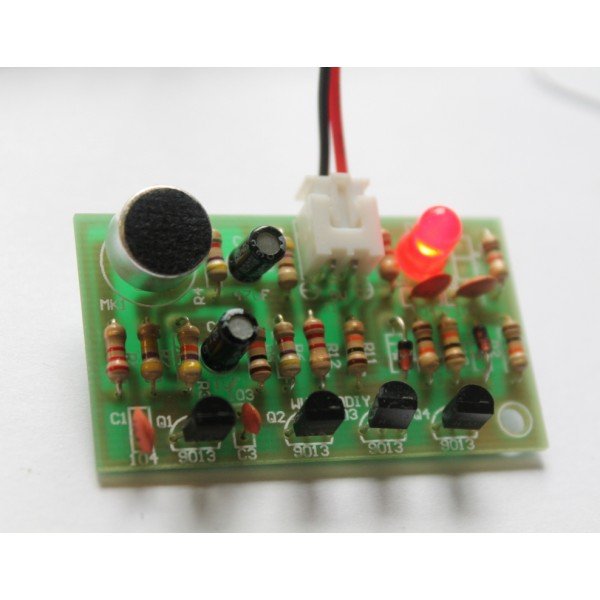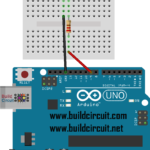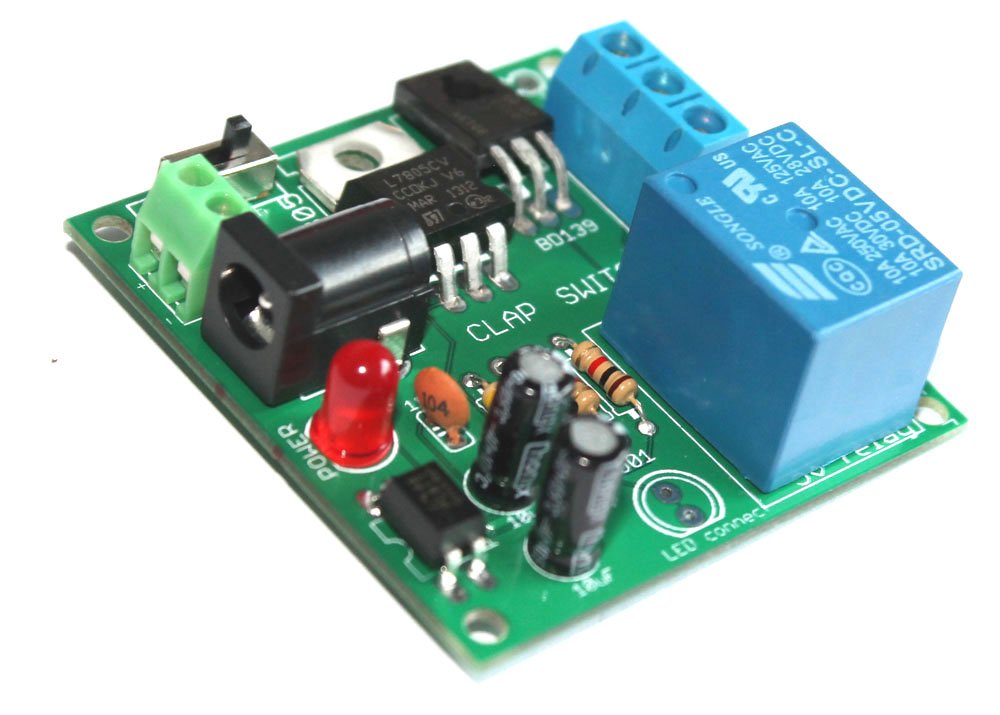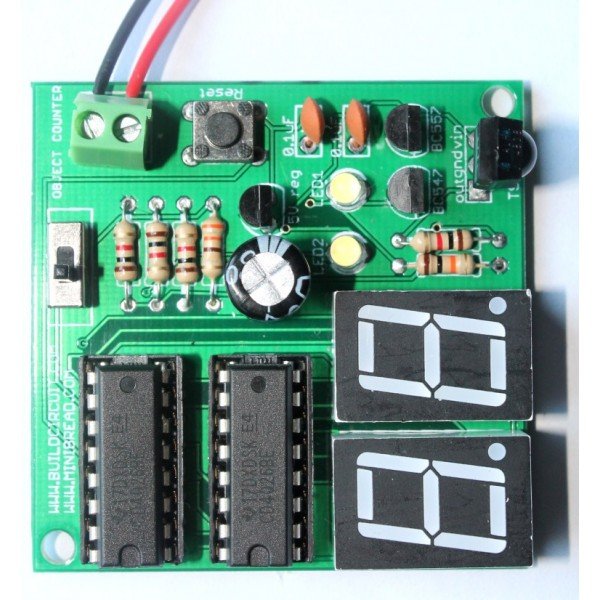Troubleshooting electronic projects

We all know that troubleshooting is a process of identifying and solving problems that cause a circuit to malfunction. This article is about troubleshooting basic and amateur electronic projects, not about sophisticated devices . With the exception of minor problems,troubleshooting sophisticated systems at the circuit level, like computer, VCR, mobile phones, etc. requires special skills, knowledge and experience.

The procedures listed here can be used to troubleshoot do-it-yourself/ basic electronic/ amateur projects:
1. Understand the basic circuit operation, theory or logic. Read the instructions carefully before you proceed. If you are following a project published on a website, read each and every line properly. Some other useful tips are also given on this article:
http://www.buildcircuit.com/tips-for-electronics-beginners-ratings-and-working-techniques/
2. If the circuit does not operate, be sure you connected the power. Are the battery new and installed properly? Are the battery holder terminals clean(rusted terminals don’t work)? Is the battery holder’s terminal broken inside its insulating jacket? Is the fuse working? Is the power connected over or under circuit requirement?
3. Carefully compare the circuit with the schematic, be sure you connected the circuits in the right place. Is there is any defective solder connection?
4. Are polarity- sensitive components like diode, LEDs, transistors, electret microphone and transistors installed correctly? Are integrated circuits(IC) connected properly?
5. Are the components connected properly into the breadboard holes?
Multimeter is one of the essential tools for troubleshooting electronic projects. Check these tutorials that I took from youtube:
Multimeter tutorials:










